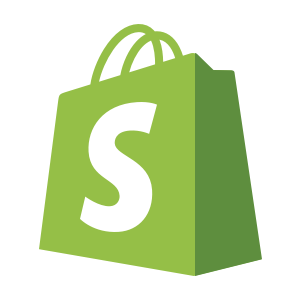Resource list
A resource list displays a collection of objects of the same type, like products or customers. The main job of a resource list is to help merchants find an object and navigate to a full-page representation of it.
Props
No props found for this component, run `yarn gen:docs` to generate component meta first.
Slots
No slots found for this component, run `yarn gen:docs` to generate component meta first.
Resource lists can also:
- Support customized list items
- Include bulk actions so merchants can act on multiple objects at once
- Support sorting and filtering of long lists
- Be paired with pagination to make long lists digestible
Build
Using a resource list in a project involves combining the following components and subcomponents:
- ResourceList
- ResourceItem or a customized list item
- Filters (optional)
- Pagination component (optional)
The resource list component provides the UI elements for list sorting, filtering, and pagination, but doesn’t provide the logic for these operations. When a sort option is changed, filter added, or second page requested, you’ll need to handle that event (including any network requests) and then update the component with new props.
Purpose
Shopify is organized around objects that represent merchants businesses, like customers, products, and orders. Each individual order, for example, is given a dedicated page that can be linked to. In Shopify, we call these types of objects resources, and we call the object’s dedicated page its details page.
Problem
Take orders as an example. Merchants may have a lot of them. They need a way to scan their orders, see what state they’re in and find out which ones need action first. In other words, they need a way find an individual order, call up more information about it, and take action on it.
Solution
Resource lists function as:
- A content format, presenting a set of individual resources in a compact form
- A system for taking action on one or more individual resources
- A way to navigate to an individual resource’s details page
Because a details page displays all the content and actions for an individual resource, you can think of a resource list as a summary of these details pages. In this way resource lists bridge a middle level in Shopify’s navigation hierarchy.
A resource list isn’t a data table
On wide screens, a resource list often looks like a table, especially if some content is aligned in columns. Despite this, resource lists and data tables have different purposes.
A data table is a form of data visualization. It works best to present highly structured data for comparison and analysis.
If your use case is more about visualizing or analyzing data, use the data table component. If your use case is more about finding and taking action on objects, use a resource list.
Best practices
Resource lists can live in many places in Shopify. You could include a short resource list in a card summarizing recent marketing activities. You could also dedicate an entire page to a resource list like Shopify’s main products list.
Resource lists should:
- Have items that perform an action when clicked. The action should navigate to the resource’s details page or otherwise provide more detail about the item.
- Customize the content and layout of their list items to support merchants’ needs.
- Support sorting if the list can be long, and especially if different merchant tasks benefit from different sort orders.
- Support filtering if the list can be long.
- Paginate when the current list contains more than 50 items.
- Use the skeleton page component on initial page load for the rest of the page if the loading prop is true and items are processing.
Resource lists can optionally:
- Provide bulk actions for tasks that are often applied to many list items at once. For example, merchants may want to add the same tag to a large number of products.
Content guidelines
Resource lists should:
- Identify the type of resource, usually with a heading
- Indicate when not all members of a resource are being shown. For a card summarizing and linking to recently purchased products:
Follow the verb + noun formula for bulk actions
Follow the content guidelines for filter options and applied filters
Related components
- To present structured data for comparison and analysis, like when helping merchants to gain insights or review analytics, use the data table component
- To display a simple list of related content, use the list component
